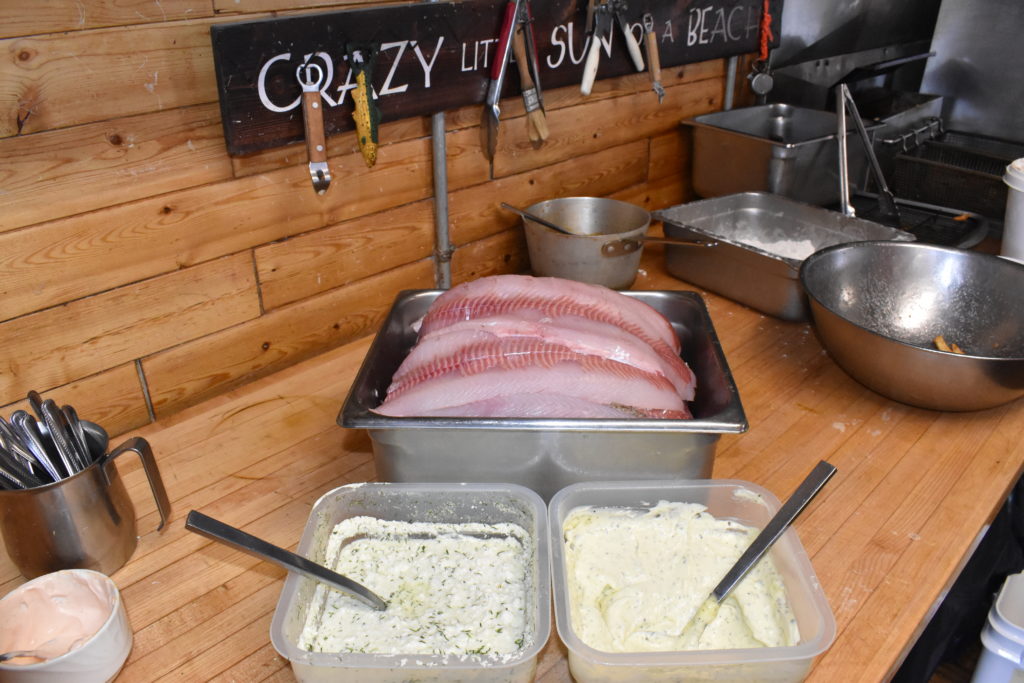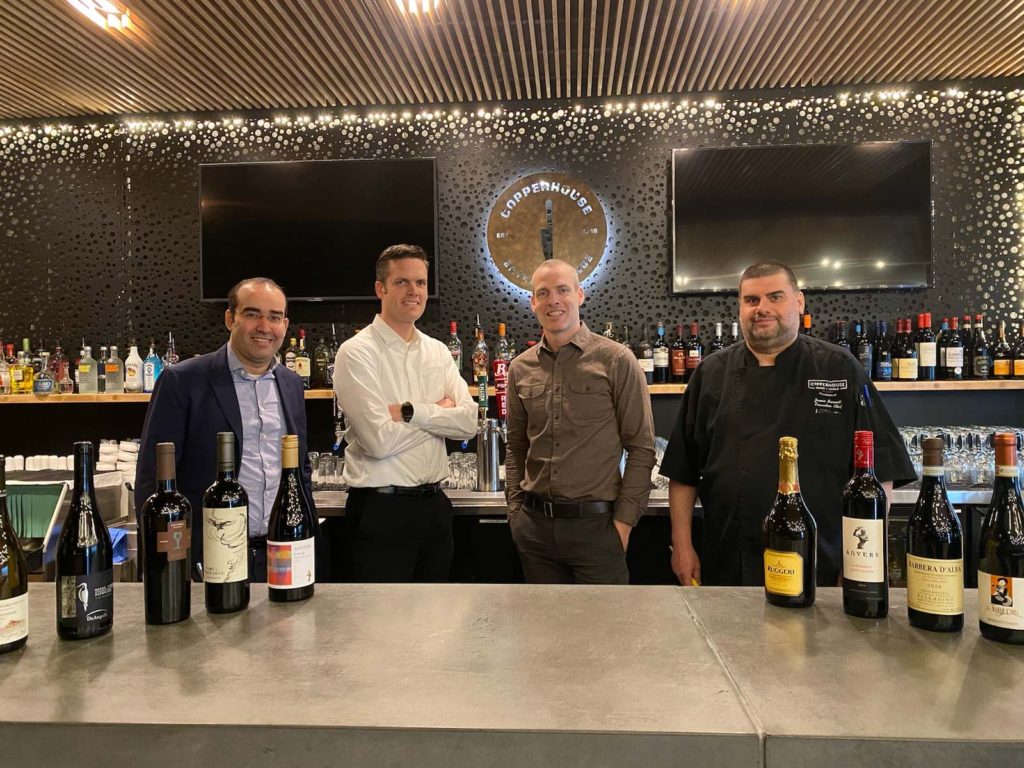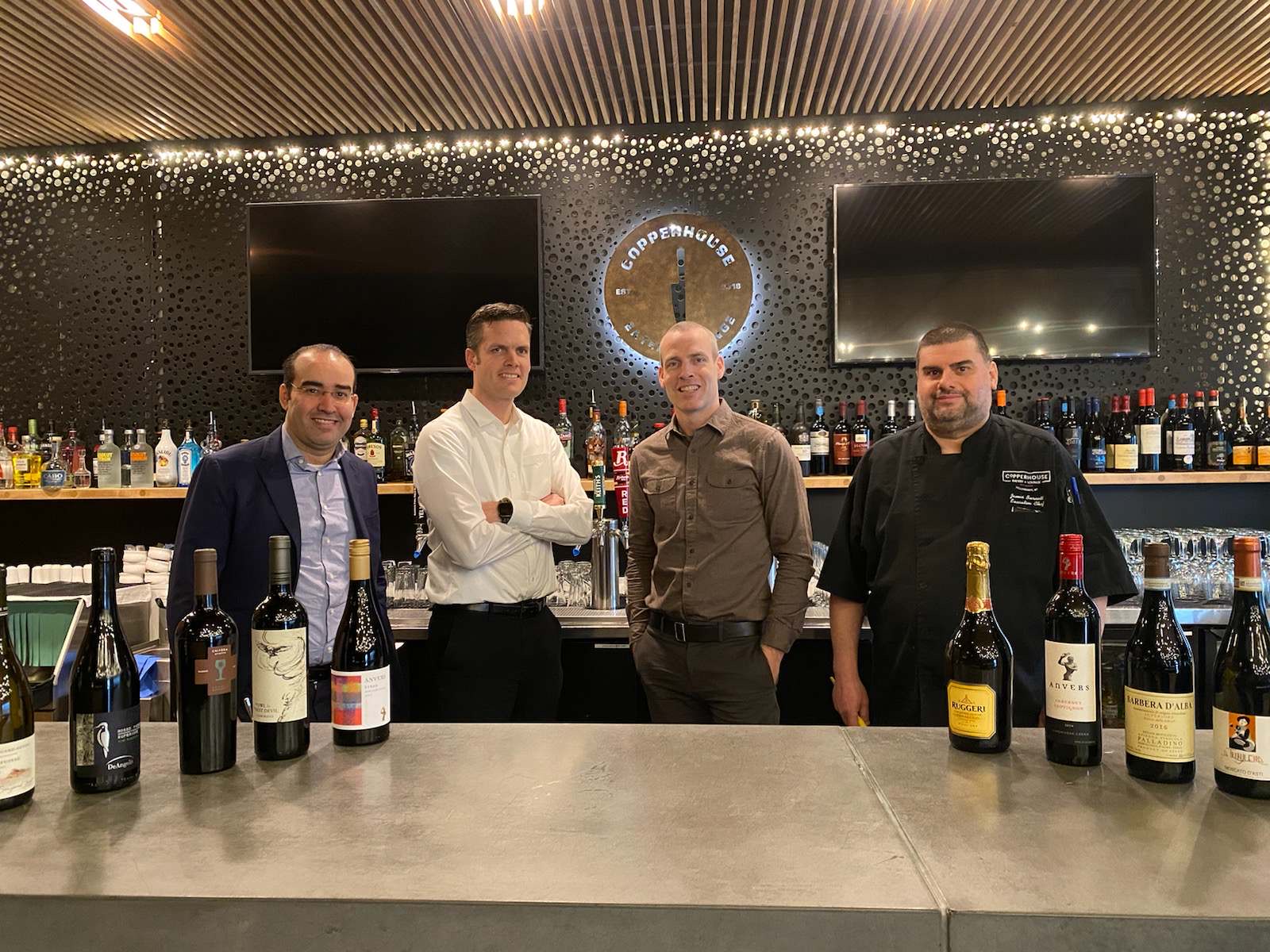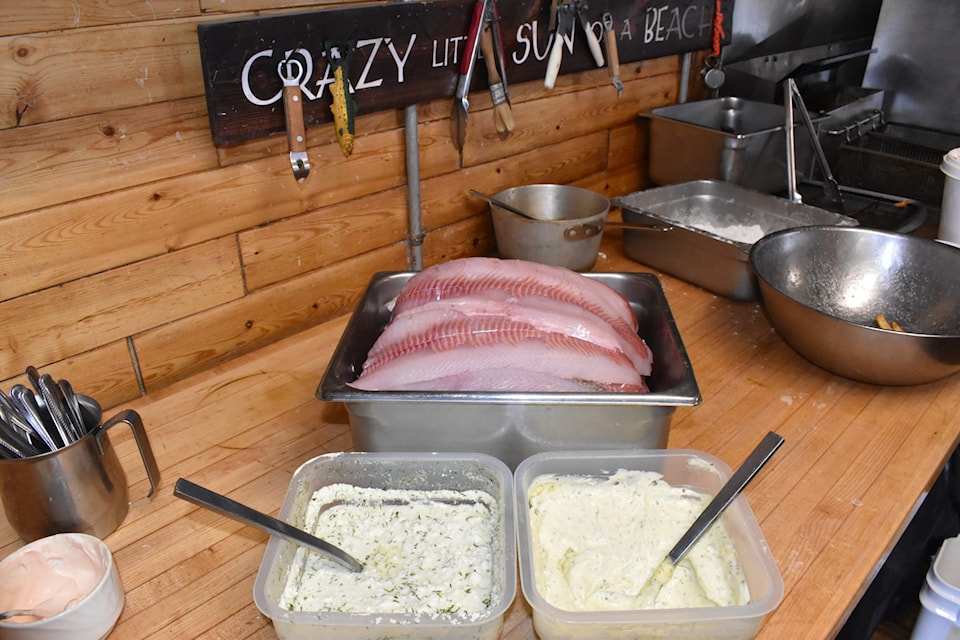For most Yellowknife business owners, few periods have been as tumultuous and demanding as the past year under Covid-19.
NNSL Media caught up with three local businesses who one year ago shared their experiences in the early days of the pandemic.
Bullock's Bistro
The iconic fish restaurant and one of the oldest businesses in Yellowknife has seen its customer activity undergo a sea change.
“I think I've learned more about being a business owner in one year than I did in the four years previously,” said Bullock's owner Jo-Ann Martin. “It's retraining to operate your business in a different way than before.”

The eatery closed completely from March 17 to June 13 due to the pandemic lockdown.
Martin remarked that one year and one day after her restaurant closed, someone drove a snowmobile into the porch.
“It was our one-year anniversary! Oh my gosh it was a year since we shut down. I'm thinking March 18 isn't my day!”
Bullock's managed to stay afloat during the closure with assistance from the Canadian Northern Economic Development Agency (CanNor).
Sharp drop in sales
Since the restaurant reopened, sales have been down by close to 75 per cent.
Martin can only have a maximum of 25 customers at a time.
“But that's only in ideal conditions if everyone comes in their own bubbles and match the tables I have. It ranges from 10-20 customers at a time. I usually take an average of about 15 people. We can get up to 20-25 for busier dinners,” she said.
It's a sharp contrast with pre-Covid-19 times when the restaurant could depend on a steady stream of tourists, operated at 150 per cent of capacity and would go through 150-200 lbs of fish on a busy day. Today it goes through less than 50 lbs on an average day.
“It's been very unusual. A lot more stressful than normal,” Martin said. “You're trying to figure out how to get people in the doors to be able to pay your expenses. We put on hold our major projects. Maintenance is minimal because we don't have the money to pay for it. You're trying to juggle marketing and finances to work with the little we're getting. It's the exact opposite of what we were used to.”
Martin has used up about half of her limit of CanNor's Northern Business Relief Fund (NBRF), which provides help with fixed costs like rent. She took advantage of the fund during the spring lockdown then used some more from October until January.
“We were lucky to be able to spread ours out for longer. We could use it when we needed it,” she said.
Martin and her husband Mark Elson also managed to give their revenue a little bump by producing and selling homemade herb and garlic salad dressing and teriyaki fish sauce. Stores in Yellowknife, Hay River and Fort Smith carry the products.
Twenty-five at a time
The progress of vaccinations in the NWT gives her hope for residents' health, but she isn't holding her breath that tourists from outside the territory will soon return.
Describing herself as a “glass half-full” person, Martin said she would be prepared to go on with the pandemic status quo if government assistance continues.
“Otherwise, if the funding is cut back and we continued, it would be a sad situation for a lot of business owners.
“It's daunting that we don't have a plan yet for re-emerging. That bothers me as a business owner. My personal business opinion is that if we're going to have 75 per cent of the population vaccinated by the end of April ... the GNWT should be saying, 'We will do this.' But there's nothing like that yet.”
She looks forward to the time when travellers will return. In the meantime, she's appreciating the support of the Yellowknife community, which he said has been “humbling.”
“Local support from other residents and business owners has been wonderful. It makes you feel like you're part of a community. People are trying their hardest to help us out. Whether we succeed or fail is important, but the biggest part is people tried and helped.”
Javaroma Gourmet Coffee
In the early weeks of the pandemic in 2020, Javaroma's downtown and airport locations had lost more than two-thirds of their business activity.
The chain has now returned to about 75 per cent of pre-pandemic business, but recovery was slow throughout the summer and fall of 2020, explained owner Rami Kassem.
“We rose to 50 per cent in October. October to December we were at 60 per cent. And since January another 15 per cent (improvement),” Kassem said.
“We totally depend on downtown traffic. More employees are coming back to their downtown offices and people are getting vaccinated and I guess they're more comfortable but we're still operating at 50 per cent capacity so we're limited at what we can do.”
He has hired back 10 of his 15 employees downtown.
But Kassem's airport cafe isn't faring as well.
“It's down 90 per cent. There aren't many flights going back and forth. That puts big stress on my business. My business is one of the most affected businesses in Yellowknife. The bills haven't stopped but we're getting revenue from just one location.”
While he appreciates that the NWT's response to Covid-19 has kept case numbers down and helped avoid many permanent business closures, he struggles to see a positive future for Javaroma.
His debts from bank and government loans are piling up while income remains low.
“We have so many expenses. I'm more than $120,000 in debt. I don't know how we'll pay this back. It's an unforeseen future for me.”
He points to his airport location as a shortcoming of government assistance.
“The GNWT pays money for tourism companies but we're a business at the airport – we depend on tourists and we don't have anything. How is that fair? I haven't been in this position since I took over Javaroma in 2009. I don't know how far I can go. I don't want to get to the point where I can't pay rent or my payroll. We don't want to fail.”
Copperhouse
The pandemic arrived in Yellowknife just before Copperhouse restaurant was about to celebrate its two-year anniversary.
It wasn't the milestone any business would hope for, but the Range Lake Road restaurant credits community support for helping it find its footing.
After the restaurant closed its doors last March, owners Mark and Paul Henry introduced a purchasing system where customers could order meals online and pick them up in a touchless format.
By the end of March 2020 they had already doubled their usual takeout sales.

“The biggest outcome of Covid for us is we changed our relationship with the community,” Mark said. “Early on, people just showed up and it was their way of supporting a business that was clearly vulnerable. We were also some customers' only connection to other people and they were chatting and wanting to talk when they came by. Paul and I are very appreciative of that.”
The inability to know how long the lockdown would last made March and April “scary” months for the brothers.
They did their best to adapt to a tough situation.
Most of 20 servers were laid off – although many have since been rehired – while eight full-time kitchen staff and a few part-timers were kept on all along.
“Our goal was to maintain our kitchen staff. It took us two years to put together the most capable kitchen staff in the territory. It would take a long time to put the team back together if we lost them,” said Mark.
When they reopened the restaurant to in-person dining in June, capacity reductions and customer trends pulled down dine-in numbers by half.
But as Mark said, “It's the philosophy of 'Make lemonade when you have lemons.'”
Liquor, salad side businesses
In late 2020, they partnered with Quench Magazine editor Gurvinder Bhatia, who became the curator of Copperhouse's wine list. That helped enhance their off-sales liquor offerings, which grew to include beer, wine and spirits in a retail front format.
They also formed a intra-NWT partnership last summer with Riverside Growers in Hay River. Copperhouse buys Riverside's greenhouse-grown produce and makes salads with their own dressing.
The pre-made salads appeared on store shelves in May.
“People have told me, 'Your salad I picked up at the Co-op or Independent was awesome.' It's like a staple of peoples' diet. We sell a lot of those. We're looking at expanding that offering,” Mark said.
Those business side lines separate from dine-in eating helped Copperhouse “chip away at that reduction of front-door traffic” and brought it to a point of relative stability.
Mark hopes for a speedy economic recovery for the NWT and for successful completion of vaccinations, but he wouldn't speculate on six-month or one-year signposts from now.
“We can operate with the status quo. We're not on the edge, we're not about to shut down. The community has rallied. We've created essentially a new business offering that the community is buying. Going back to 100 per cent capacity will be valuable to us but we can't control that.”

